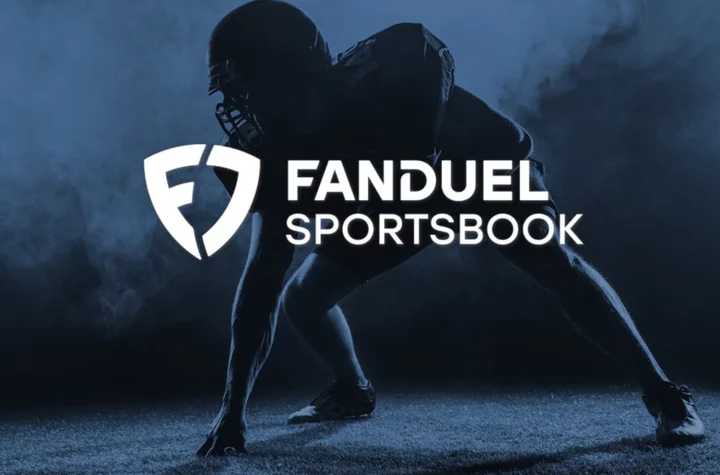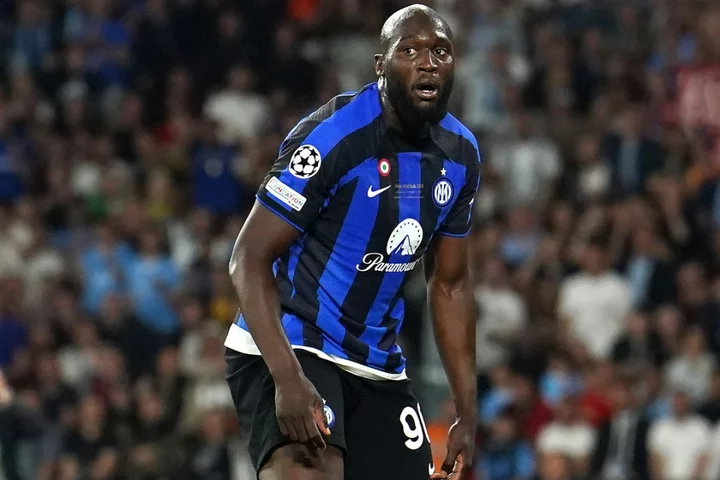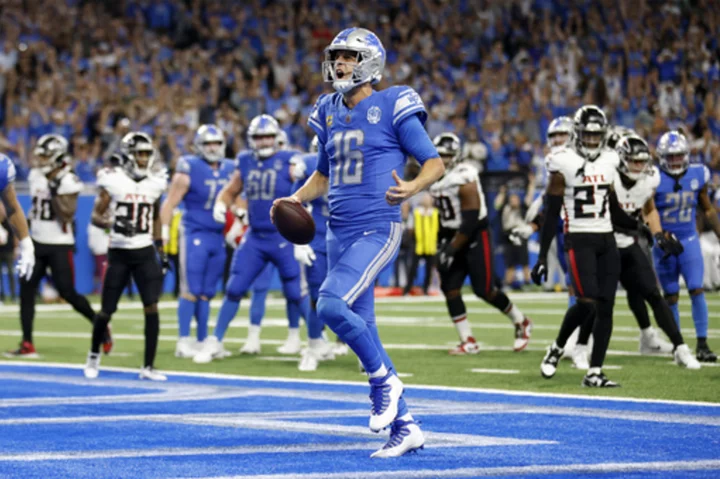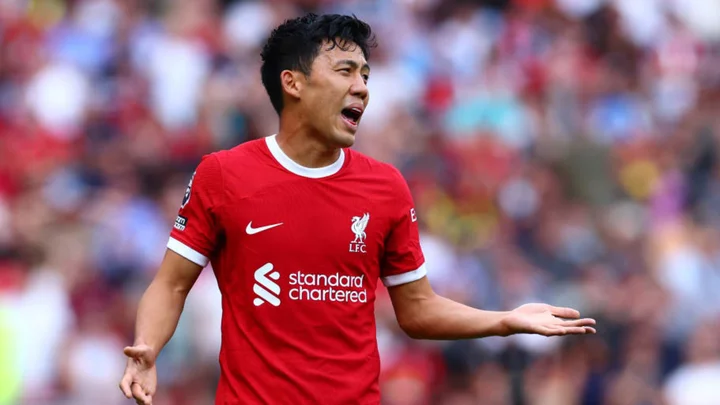The frustrating part about watching the Michigan sign-stealing scandal play out for Todd Berry, the executive director of the American Football Coaches Association, is that it all could have been avoided.
For the past two years, Berry and his organization, which includes just about about every major college football coach, have backed with full support the use of in-game technology that would allow coaches to communicate with players on the field, just like they do in the NFL.
No more signs would be necessary.
“Because sign stealing is easy," said Berry, whose 40-year coaching career included being head coach at Army and Louisiana-Monroe. "It’s easier, obviously, when you take certain steps.”
The NCAA football playing rules committee has been slow to embrace the use of coach-to-player communication technology because of concerns that it could provide a competitive advantage to schools based on budgets. But a plan is in place to give it a test run during this bowl season.
The NCAA has no rules against sign-stealing, but it does ban in-person, in-season advanced scouting of opponents and the use of electronic equipment to record opponents' signals.
That is what No. 2 Michigan is accused of doing for at least the last two seasons. A low-level staffer is at the center of an NCAA investigation that was triggered by evidence gathered and provided to the association's enforcement staff by an outside firm.
Suspended analyst Connor Stalions appears to have been buying tickets to the games of Michigan opponents and possible College Football Playoff foes, and sending people to them to take cellphone videos of signals being used to call in offensive and defensive plays from the sideline.
Michigan coach Jim Harbaugh has denied any knowledge or involvement of the alleged scheme. Since announcing the suspension of Stalions last Friday, Michigan has declined to comment on the ongoing investigation. The NCAA has also declined to comment.
The scandal has coaches around the country echoing Berry's ‘I told you so.’
“You can’t steal signs and do any of this stuff if you have a helmet communicator," Alabama coach Nick Saban said.
Nebraska coach Matt Rhule, who spent much of his career in the NFL, said: "We could get rid of all the stupid signs on the sidelines and we could get (rid of) pictures of rock stars and we could just play football the way it was meant to be. You go to a high school game, there’s technology on the sideline. You go to an NFL game, there’s technology on the sideline. You go to college game, there’s nothing.”
As college football offenses moved away from huddling during the 2010s, “waggling” in the plays, as Berry calls it, became the norm. Some teams use large flash cards to communicate plays. There are banners and placards to block the signals and fake signalers to throw off any spies.
It doesn't have to be this way. In the NFL, coaches on the sideline can speak directly through their headsets to certain players on the field through radio devices in helmets.
College football was hesitant to go that route because not every school could afford it and not every stadium had the infrastructure to support it. But technology has improved, diversified and become more affordable.
Berry said some teams already use at practice electronic wristbands with an LED screen that allows players to read a play-call the coach punches into a tablet or similar device.
This upcoming bowl season, coach-to-player communication devices will be allowed as long as both teams agree. The teams won't be required to use the same devices in identical ways, said Steve Shaw, NCAA coordinator of football officials.
“I think it’s good that we’re going to attempt to do it,” Berry said. “The better solution would have been last February.”
The value of sign-stealing is hard to quantify.
"It is a definite factor in college football. I think some teams rely on it much more than others,” Texas coach Steve Sarkisian said.
But how much of an advantage is it to have an opponents play calls moments before the snap?
“I mean, everyone’s trying to get whatever edge they can,” Colorado coach Deion Sanders said. “You could have someone’s whole game plan -- they could mail it to you. You still got to stop it.”
Michigan's reputation for cracking codes appears to have been well-established throughout the Big Ten in recent years.
“We already knew about it, but it’s just crazy to actually see it (on video) because in the game they knew what was going on before the play, so a little demoralizing,” said Cleveland Browns rookie offensive lineman Dawand Jones, who played at Ohio State. "But I think the boys will handle it this year and get them back.”
Michigan beat Ohio State each of the last two seasons, snapping an eight-game losing streak in the rivalry.
North Carolina coach Mack Brown earlier this week lamented college football's reluctance to embrace technology that would have put an end to the espionage.
“It’s prevalent. It's awful. It's very damaging,” Brown said. “We should have done that 20 years ago. I do think we’ll have that next year. And probably the latest news will speed it up.”
____
AP sports writers Tom Withers in Cleveland; Eric Olson in Lincoln, Nebraska; Jim Vertuno in Austin, Texas; Aaron Beard in Chapel Hill, North Carolina, and AP freelance writer Monica Costello in Boulder, Colorado, contributed.
___
AP college football: https://apnews.com/hub/ap-top-25-college-football-poll and https://apnews.com/hub/college-football









